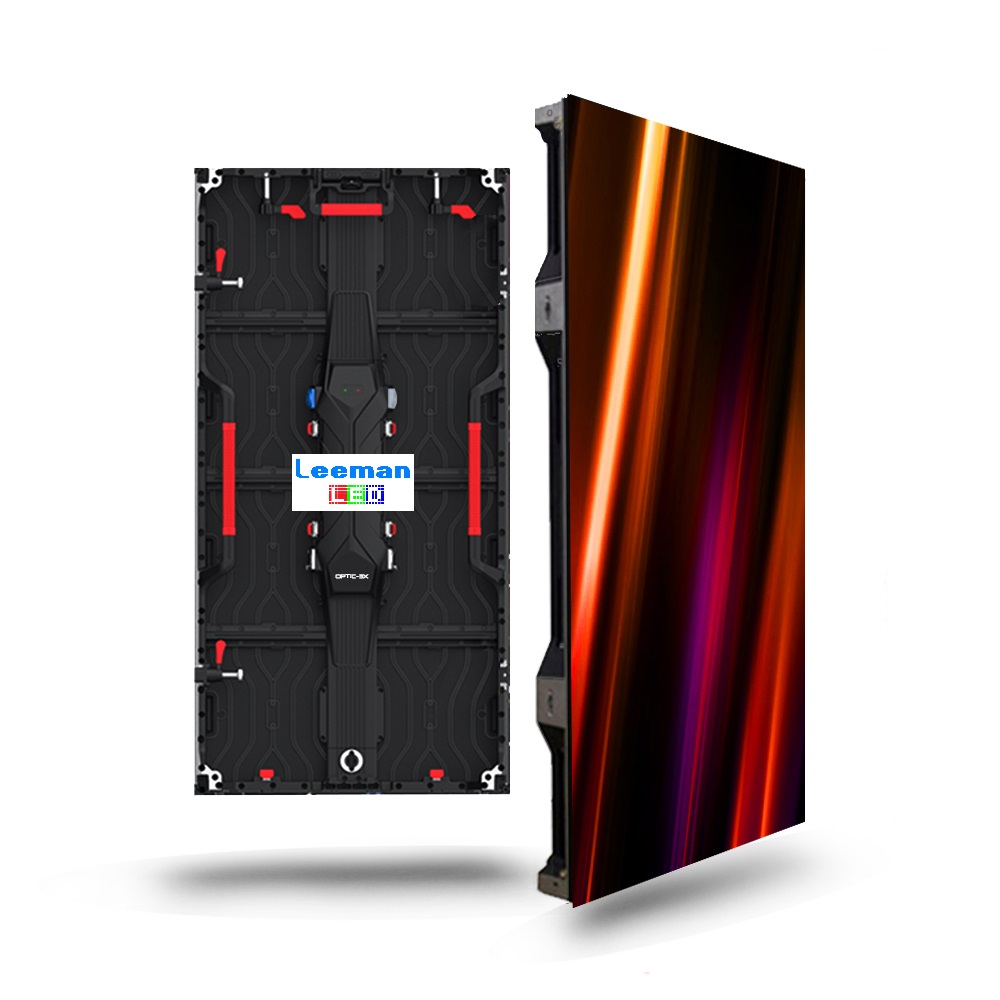Exploring the Durability of LED Display Panels in Contrast to Conventional Display Methods
Exploring the Durability of LED Display Panels in Contrast to Conventional Display Methods
Blog Article
LED panel panels have grown progressively favored in current years, especially in environments like educational institutions, businesses, and public spaces. These screens use LED lights (LEDs) to produce bright and vibrant images. One of the most notable advantages of LED innovation is its durability in contrast to conventional display technologies, such as CRT ray tubes (CRTs) and LCD display screens. Grasping the differences in duration and performance between these technologies can assist buyers make knowledgeable choices about their display requirements.
Traditional screen methods, like CRTs, have been around for numerous decades. They were commonly used in TVs and PC screens. However, CRTs have a shorter duration, generally lasting around 10,000 to 20,000 hrs of operation. This means that after a few years, consumers may observe a decline in image clarity, such as dimming or hue deformation. In comparison, LED wall panels can last considerably longer, often exceeding 50,000 hours. This prolonged duration means that users can enjoy reliable performance without the need for regular substitutions.
Another important aspect to consider is power conservation. LED wall panels utilize less energy than traditional displays, which not only benefits the ecosystem but also reduces electricity costs. For instance, while a CRT monitor may use approximately 100 W of power, an LED panel can consume as few as 30 to 50 W. This difference in energy usage adds to the overall longevity of LED technology, as reduced energy usage generates less thermal energy. Excess heat can damage electrical parts, resulting to a shorter lifespan for conventional screens.
In addition to their longer lifespan and power conservation, LED wall panels also provide superior image quality. They offer brighter hues and better contrast, making them ideal for multiple uses, from advertising to educational presentations. The innovation behind LED panels allows for a wider viewing perspective, meaning that images stay sharp and vibrant even when seen from the flank. This is a significant benefit over traditional displays, which frequently experience from color deformation and diminished brightness at wider angles.
In summary, the durability of LED panel screens compared to traditional display methods is a key factor for consumers to consider. With lifespans that can exceed 50,000 hrs, power efficiency, and superior image clarity, LED innovation provides many look at more info advantages. As technology continues to advance, LED panel screens are probably to turn even more prevalent in various environments. Grasping these distinctions can assist people and entities make better choices when purchasing in screen innovation, ensuring they receive the best value for their needs.